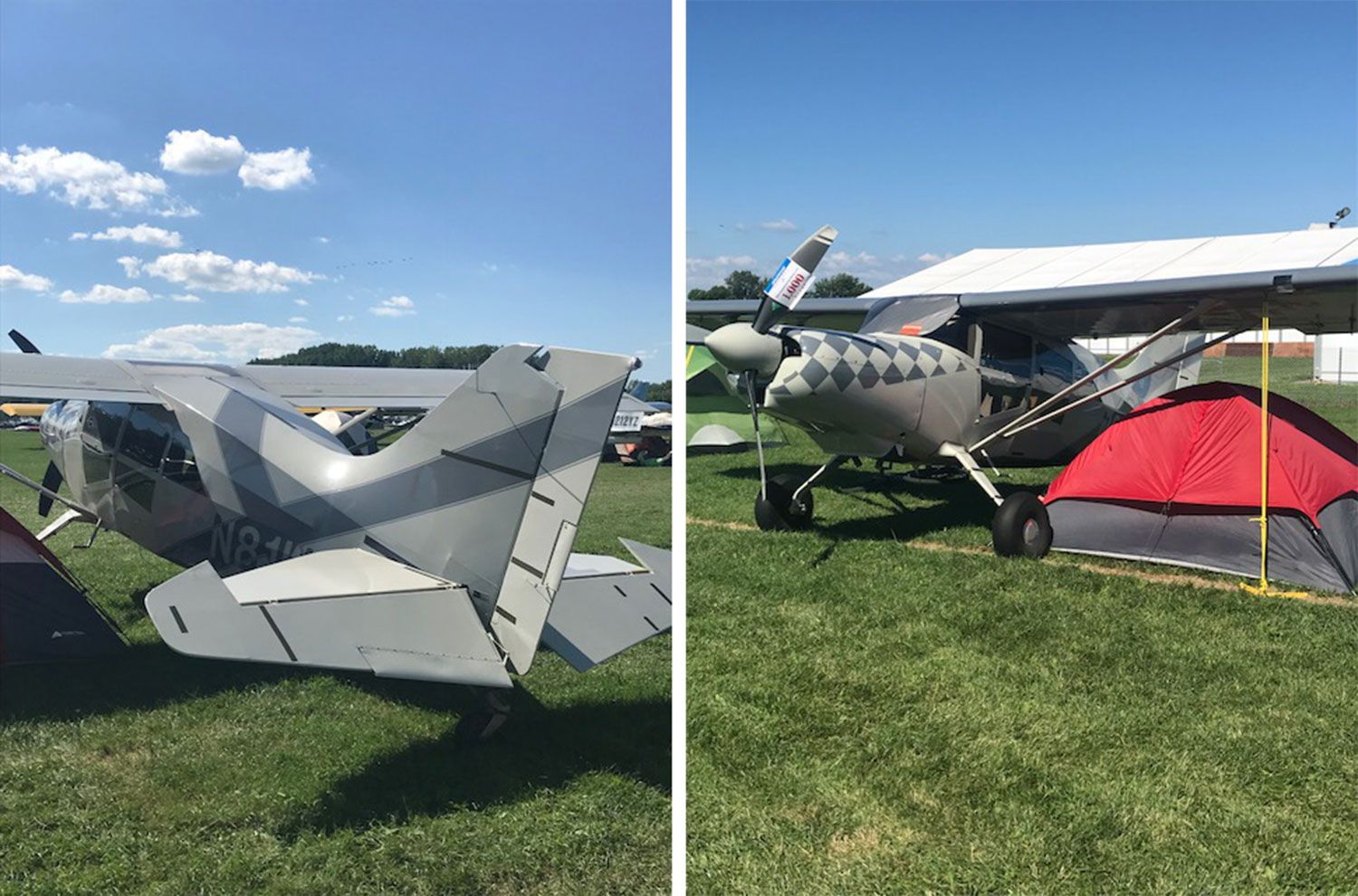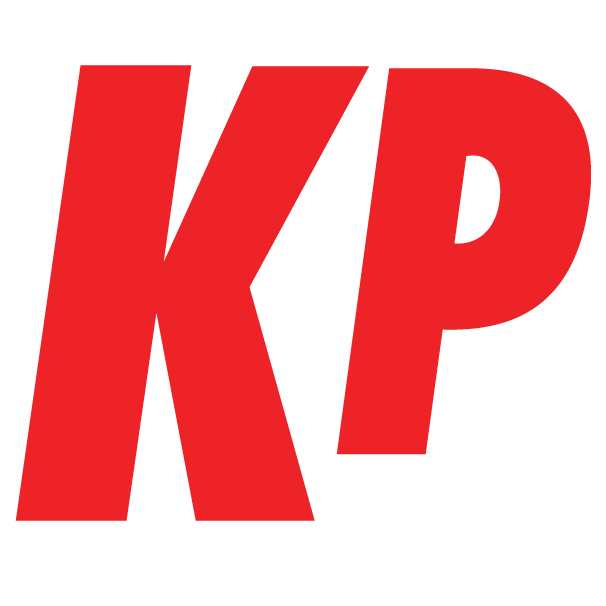Ed Haywood
En-Route
Would it be possible to rebuild a certified tube and fabric aircraft such as a champ or citabria as EAB?
I searched POA and found several discussions saying it would be next to impossible for a Cessna 172 or similar aluminum monocoque aircraft. I assume that is due to the impracticality of reaching the 51% threshold with that kind of construction.
But with a T&F aircraft, disassembly to bare frame is a regular lifecycle event, and having to cut out and weld frame members is not unusual.
I am wrapping up that process with a Decathlon, and am confident I built more that 51% of the aircraft. I am working under supervision and so will remain certified. But it got me thinking about viability of restoration projects for those without access to someone willing to supervise.
I searched POA and found several discussions saying it would be next to impossible for a Cessna 172 or similar aluminum monocoque aircraft. I assume that is due to the impracticality of reaching the 51% threshold with that kind of construction.
But with a T&F aircraft, disassembly to bare frame is a regular lifecycle event, and having to cut out and weld frame members is not unusual.
I am wrapping up that process with a Decathlon, and am confident I built more that 51% of the aircraft. I am working under supervision and so will remain certified. But it got me thinking about viability of restoration projects for those without access to someone willing to supervise.


